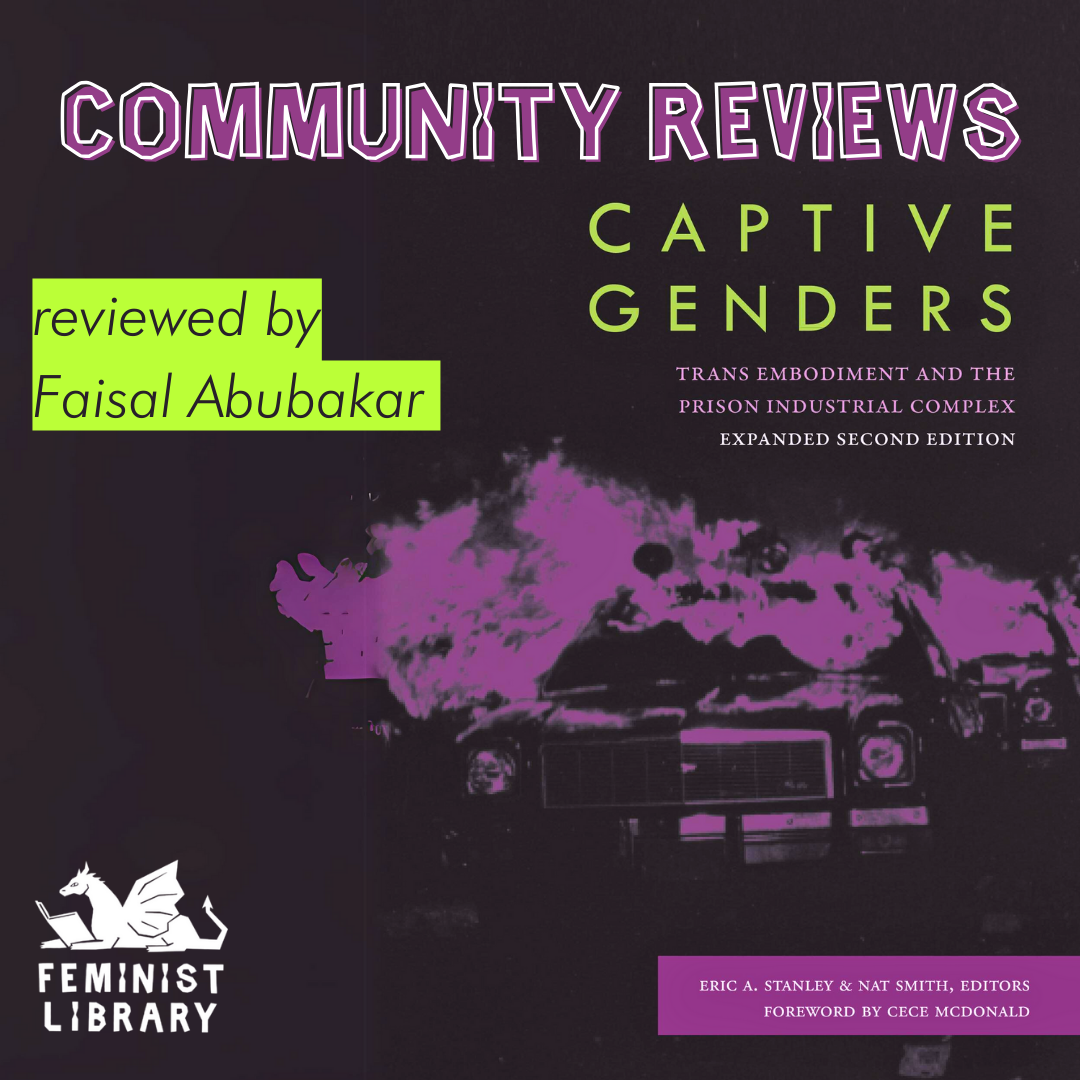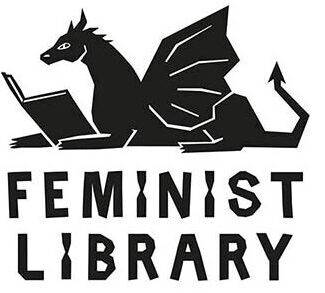COMMUNITY REVIEW: Captive Genders

We asked members of our community to borrow new acquisitions from the library in exchange for a review. Here is Faisal Abubarak’s review of Captive Genders: Trans embodiment and the prison industrial compled, edited by Erica A Stanley and Nat Smith.
In Captive Genders, Eric A. Stanley and Nat Smith have attempted to show the connection between the struggles for Queer Liberation and prison abolition – a connection which has previously been ignored. With the pieces in this book ranging from personal and autobiographical essays to theoretical analyses, the result is an anthology that is perfect for LGBT+ studies and ethnic studies departments. What makes this anthology unique is that it is one of the few that has included an analysis of heterosexism to help create a more complete picture of the prison-industrial complex (PIC).
The first section – “From Gay Liberation to Prison Abolition” – sheds light on how queer and trans activism has always been aimed at the prison system. Highlighting the historical oppression of queer and trans people by the state and police the section shows how the efforts of groups like San Francisco’s “Vanguard” shatter the myth of Stonewall being the beginning of LGBT+ rights whilst centring the radicalism of “Gay Liberation”, a view that is at odds with its portrayal as being largely white, middle-class and assimilationist. It also includes a detailed essay about how the radicalism of that movement was weakened through the later focus on the narrow issues of marriage equality and hate crime legislation.
The next section – “Criminalization of the Everyday” – helps to show the breadth of the prison industrial complex with a wide variety of topics being covered including settler colonialism and immigration. The two essays on the Juvenile Court system (“Rounding Up the Homosexuals: The Impact of Juvenile Court on Queer and Trans/Gender Non-conforming Youth”) and the criminalisation of prisoners with HIV/AIDS (“Regulatory Sites: Management, Confinement and HIV/AIDS”) are particularly compelling in that they show dismantling the PIC involves involving one in a variety of social issues including children’s rights and healthcare.
Central to the book, as revealed in the title, is the role of heterosexism and transphobia in upholding the PIC and how the PIC exacerbates these forms of discrimination. The essays in the third section “Walled Lives” echo this highlighting how the segregation of prisoners based on sex results in intense discrimination against gender-non-confirming individuals, ultimately illustrating how the PIC, is one of the strongholds of patriarchal violence.
The reader closes the book with the final two sections (“Bustin’ Out” and “Tools/Resources”) focusing on resources and recent examples of activism, which includes an interview with Miss Major. The pieces here serve as calls to action and examples for some of the forms of organization individuals have taken with the hope that these will encourage the reader to take action in their own lives.
Overall, this is an extremely revealing anthology for those who want to understand the connection between queer/trans struggles and anti-prison activism. The inclusion of first-hand accounts throughout helps to tackle the common idea of theory being “ abstract” or irrelevant to most individual’s lives. The addition of a short introduction for each section covering their aims would have made this a stronger book but nonetheless, this is still a well-curated collection of essays. It has certainly achieved its aim of showing that the connection between prison abolition and queer liberation is central to any hope of radical social change.
